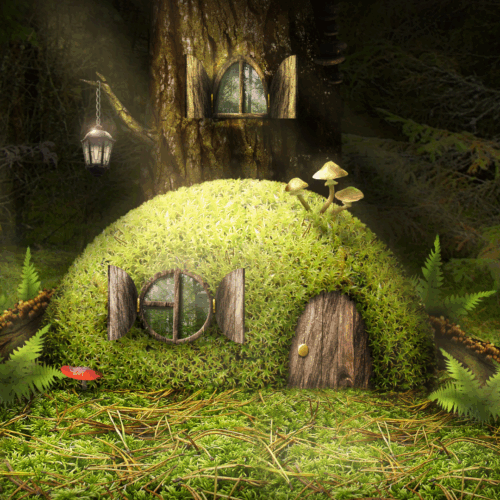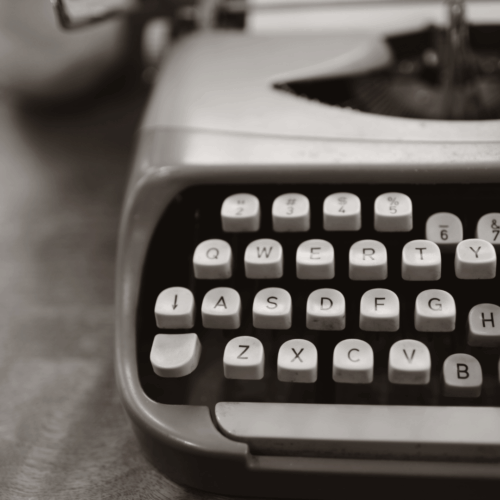You’ve finished your manuscript. Congrats! Now you keep hearing about getting your story edited. But how much editing does your story need? And what kind? As an author, no one ever explained to me the various kinds of edits or even why I should edit my story. I had to figure it out all on my own, and I don’t want you to have to do that. The editing process can be overwhelming and confusing, and I’d love to simplify some of it for you.

Why Edit Your Speculative Story?
Publishing books these days is as easy as clicking a few buttons. But most publishers and authors advise writers to pause before hitting the publish button. Most, if not all, well-known authors pay professional editors to edit their manuscripts, and here’s why:
- Editing corrects any errors/mistakes
- Editing makes your book easier to read
- Editing will make your book more sellable
- Editing will enable you to hook readers and keep them reading
As authors, we want people to read our books. And editing enables us to give our readers the best experience possible. If someone can’t get into the story, are confused, or find the characters unlikeable, then they’ll stop reading or won’t be as willing to read the other books we publish. The book market is competitive, so if you’re able to make your story stand out, the easier it’ll be to catch and keep readers.
As authors of fantasy and sci-fi, we have some unique challenges: crafting complex/believable worlds, creating plots that make sense in that world, and making our fantastical creatures or fantasy races relatable. Editors can help overcome some of these challenges.
Even if you’re querying agents, editing is still crucial. It can make your book stand out from the crowd. So whether you’re self publishing or querying, professional editing matters and can make a huge difference to the success of your story.
Can’t I just Edit My Own Story?
Of course you can. In fact, please do! This will make it much easier for editors to find the most important problems with your book. And why pay someone to edit your story when you can do it yourself?
However, it’s always a good idea to have someone else read your manuscript and offer input. Sure, beta readers can do this, but they approach the manuscript as a reader, telling you what they liked and what they didn’t without always going into the reasons behind their opinions. Editors will approach the story as, well, professional editors, pointing out both the strengths and weaknesses and why something may not be working and what you can do differently.
As an objective outsider, editors can spot plot holes or ways to deepen your characters that you may never see because you’re too close to the text. They can point out things that beta readers aren’t trained to spot.
Types of Editing and What They Mean

Developmental Edit
A developmental edit is typically the first edit an author will undergo. It looks at the bones of the story: the hook, plot, character arcs, worldbuilding, conflict, resolution, theme, pacing, etc. to make sure each element is working and as strong as possible.
Most developmental editors will make comments in the manuscript itself as well as provide the author with several pages of feedback explaining the changes suggested more in-depth.
Signs You Might Need a Developmental Edit
- Your story has never been professionally edited before
- You’re not sure if your story “works”
- You’re concerned there are plot holes
- You don’t know if you’re starting the story in the right place
- You’re unsure about whether your characters are developed enough
Manuscript Review
Just like a developmental edit, a manuscript review looks at the big picture of your story–the bones that hold it together. However, the editor will not (usually) leave comments in the manuscript itself. Instead, they’ll leave feedback on several pages of notes detailing the strengths, weaknesses, and ideas for how to tighten your story.
This is a good edit if you’re not ready for in-line edits and want as big a picture as possible of your story’s strengths and weaknesses.
Signs You Might Need a Manuscript Review
- You’re still concerned about the bones of your story (plot, pacing, characters, conflict, tension, etc.), but don’t need/want in-line edits
- You’re concerned about the structure of your story but can’t afford a developmental review
Line Edits
Once the bones of your story are all in place, it’s time to zero in on the flow and readability of the text itself. Line edits look at your scenes, paragraphs, and sentences to make sure they’re in the best place and flow as smoothly as possible. They will also make sure your dialogue and dialogue tags are unique and clear, the worldbuilding is immersive and not too verbose, your figurative language is as punchy/powerful as possible, and more!
Line edits are done within the manuscript itself. Most editors will explain their suggested changes in the margins.
Signs You Might Need a Line Edit
- All the bones of your story are in place, and you want to ensure your story flows as smoothly as possible
- You want to elevate the quality of your writing without changing the story itself

Copy Editing
Once the flow of your story makes sense, it’s time to zoom in even further. Copy edits look for all the technical aspect of the language: grammar, spelling, and punctuation. Some line edits look for these things as well, but their view is generally wider, on the flow and clarity of the story.
This type of edit is done by people who love details! Copy editors will often catch inconsistencies with the setting (for example, if you spelled Lentasa River as Lentiasa River) or with characters (ex. one of yours had blue eyes and now has green).
Signs You Might Need a Copy Edit
- You’ve done a developmental edit and line edit
- You want to make sure the grammar, spelling, and punctuation is all in order before publishing
Proofread
This is the final check before your book is published! Not only will proofreaders look for any remaining typos or inconsistencies, they’ll also look for formatting issues. This can be extremely helpful when you have a map in the front or other artwork that might do weird things to the way your chapters look once the book’s printed. Nearly all traditionally published authors go through this step; you won’t want to miss it!
Signs You Might Need a Proofreader
- You’ve been through all the other edits and want to make sure your book is as professional as possible
- You’re not very detail oriented and need someone to catch any errors before publishing
- You want someone to look over the formatting
Still not sure what kind or how much editing your story needs? Take this quiz to find out! (P.S. It’ll ask for your email, but you can unsubscribe at any time!)
How to Prepare Before Hiring an Editor
- Self Edit. It will help your editor pick out problems faster and easier. Plus, they’ll be the problems you wouldn’t have found on your own!
- Put your manuscript in a Microsoft Word document. This is industry standard.
- Mentally prepare yourself. You might not like what the editor has to say about your story. But they wouldn’t tell you if they didn’t think it could help. Remember that no matter what they say, you are still a good writer. This story just needs a little more work.
- Understand that no single edit will fix everything. Editing is layered, and each round looks at a different aspect of your story. Thus, all are important!
- Remember it’s your job to make the changes. Editors will suggest ways to make your story better, but they won’t fix it for you. As the writer, you know the story best!
How I Can Help
As a fantasy/sci-fi author myself, I have a heart for story and for making yours the best possible story it can be. I offer these types of services:
I’d be honored to work with you to help make your fantasy or sci-fi story* stronger! Fill out the information form below to get started.
*Please note: I only accept stories with minimal spice (sex off-page is okay), minimal cussing, and no LGBTQ+ characters. Thanks for understanding!



